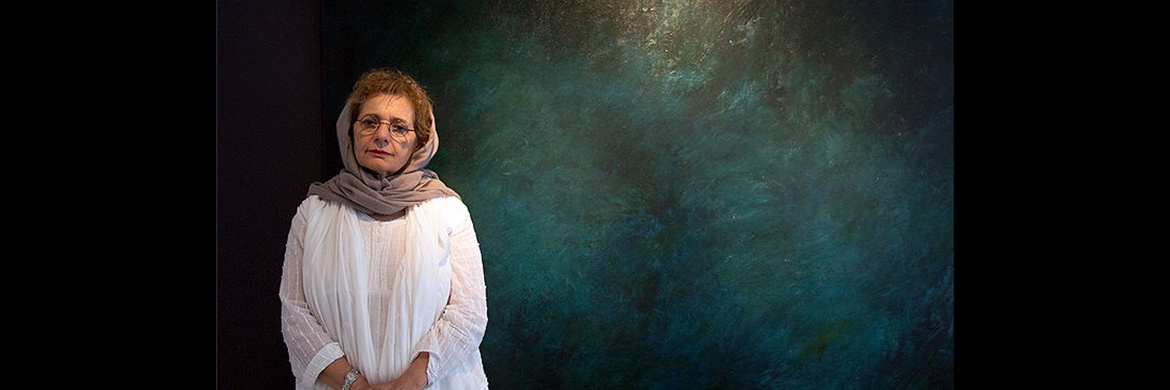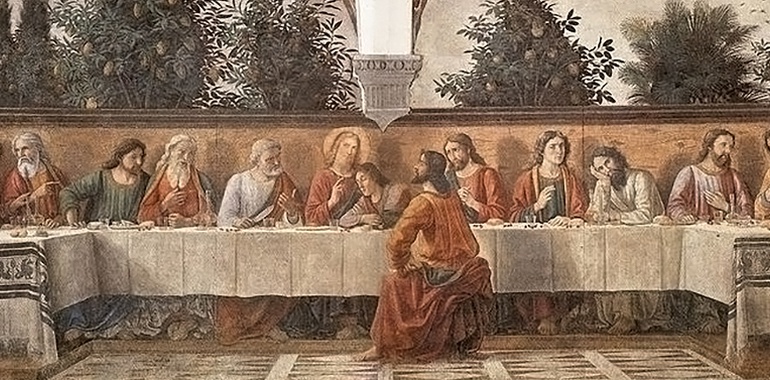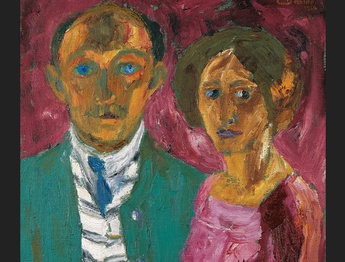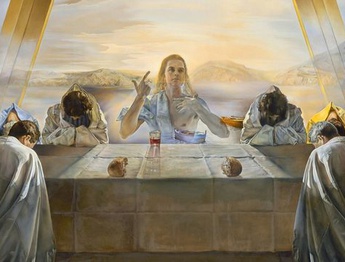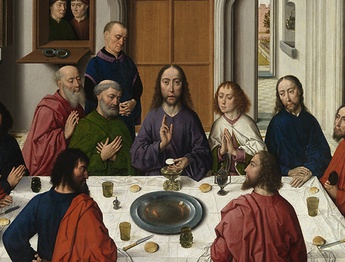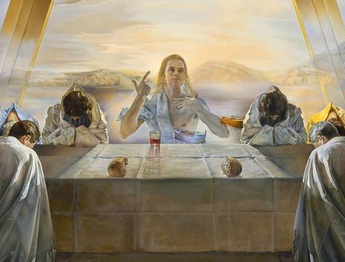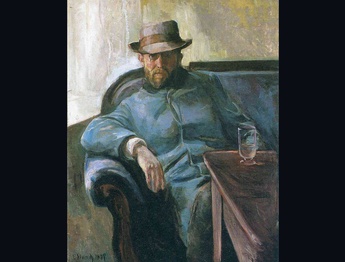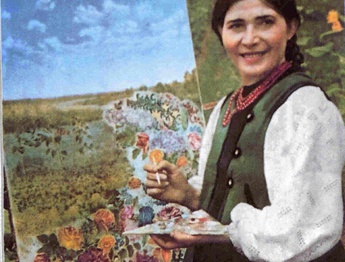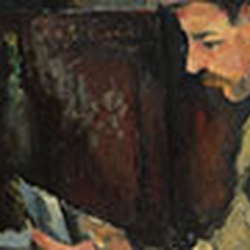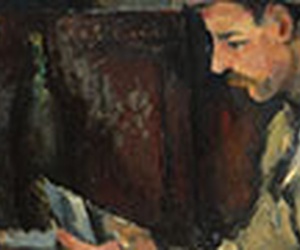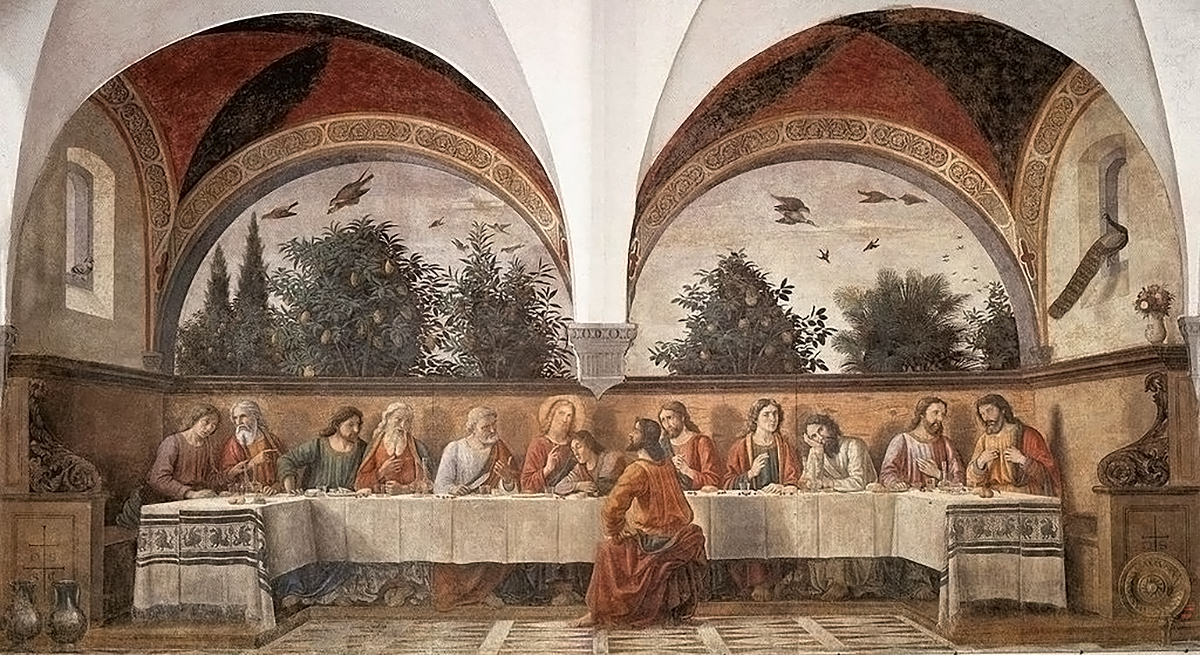
Domenico Ghirlandaio/ The Last Supper/ about 1480/ fresco 8 meters long/ San Marco Church, Florence
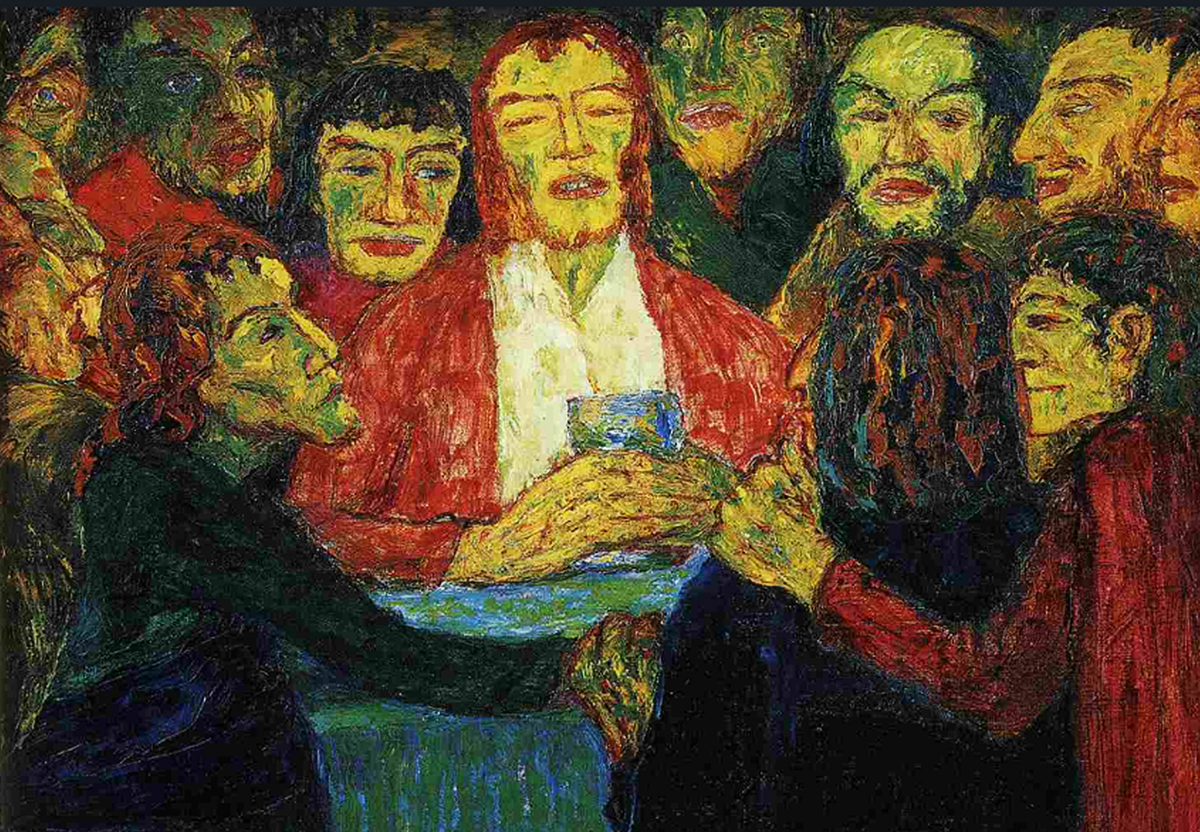
Emil Nolde/ The Last Supper/ 1909/ Oil on canvas/ 108 x 88 cm/ State Museum of Art, Copenhagen
See the difference scale can make in any painting. The images shown above both relate to the same theme: the famous story of Christ's Last Supper with his disciples before he was crucified. In the "Ghirlandaio" painting, all the figures seem small compared to a large, spacious and open space. The figures in this eight-meter mural are depicted in their natural size. The orderly placement of the figures behind the table and the repeated geometrical elements of the architectural components of the building instills a sense of calm and quiet order to the viewer. The curtain of the Last Supper by "Emil Nolde", to be more precise, is painted in a different style, but an important difference between these two works is the use of scale in the image. In other words, the figures in both paintings are painted with equal dimensions! But the figures in Nolde's painting are compressed together and appear crowded in the limited space of the small painting canvas. The result is a dense and dark work. Nolde focuses our attention on the strong emotions arising from this event. Rough design, rushed brush and changing the appearance of the figures impose this feeling on the viewer. Both painters tell the same story but have very different goals. Choosing the scale is an important factor in reaching the goal of each of these two painters.
Prepared and arranged by: Narges Saheb Ekhtiari
